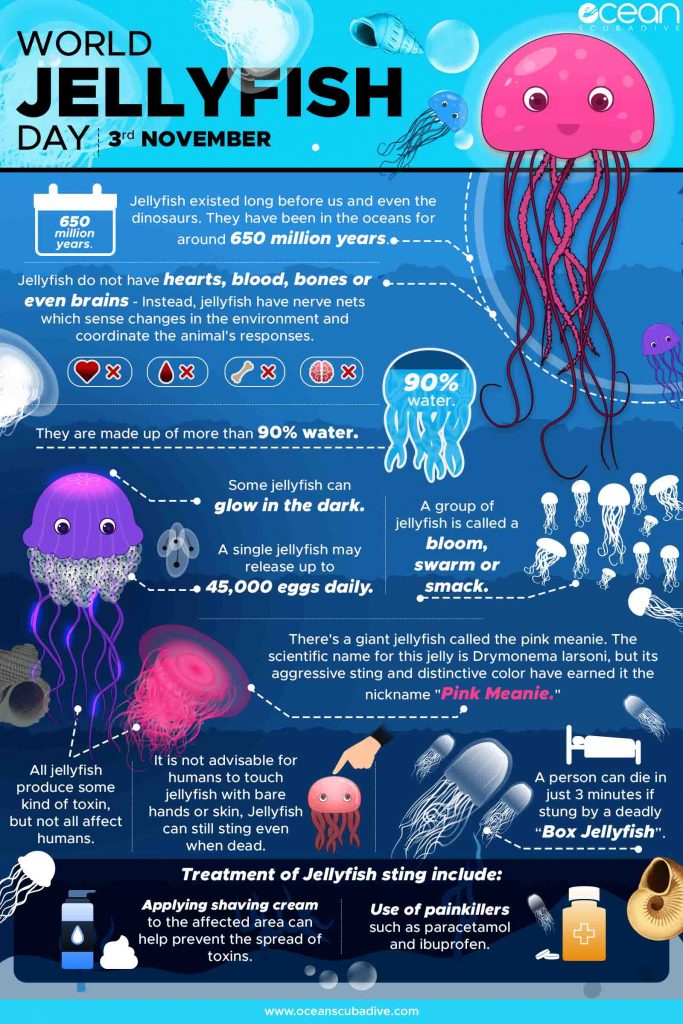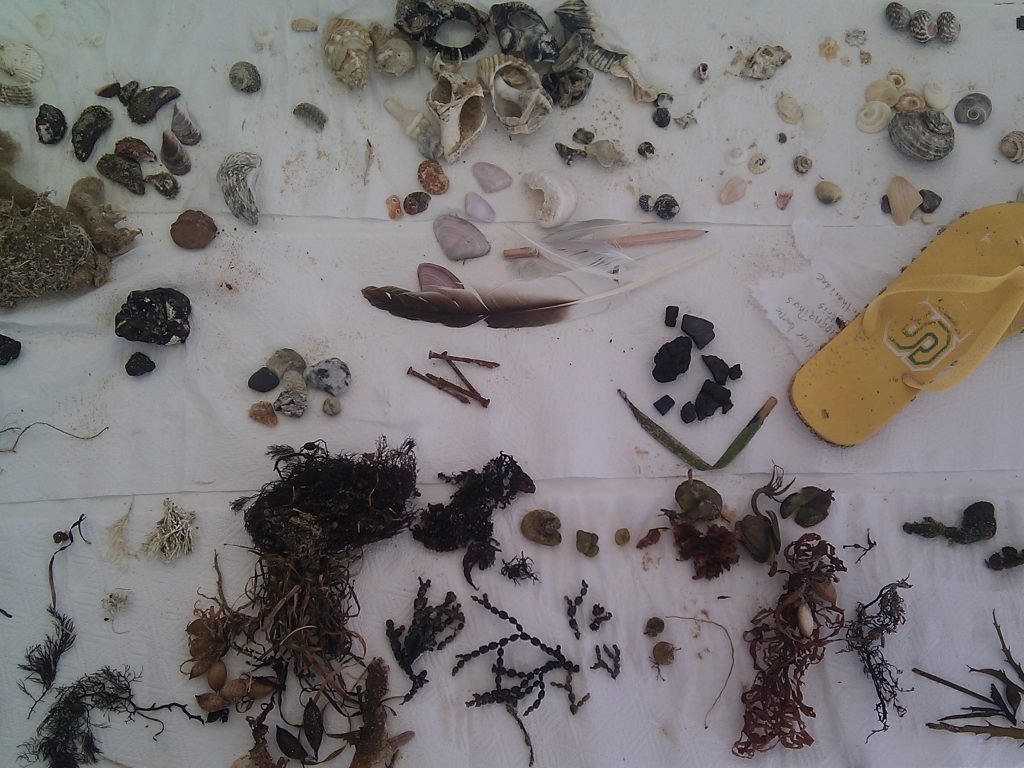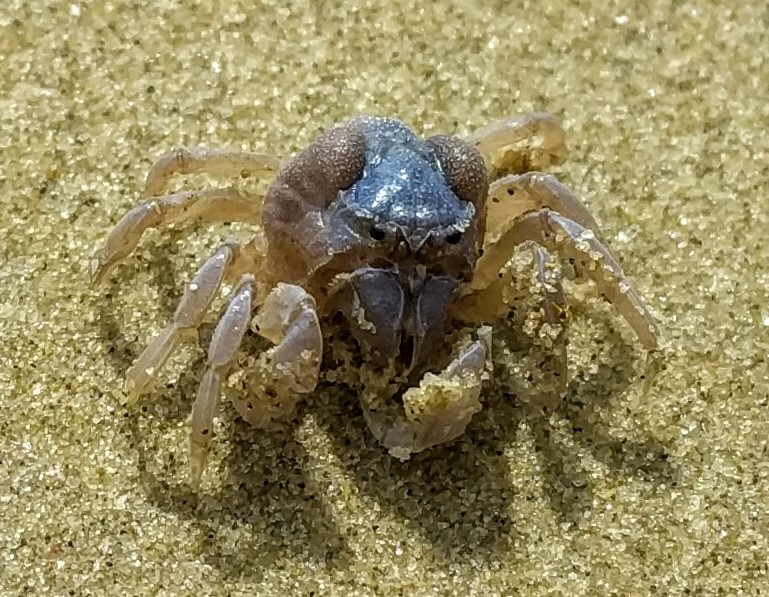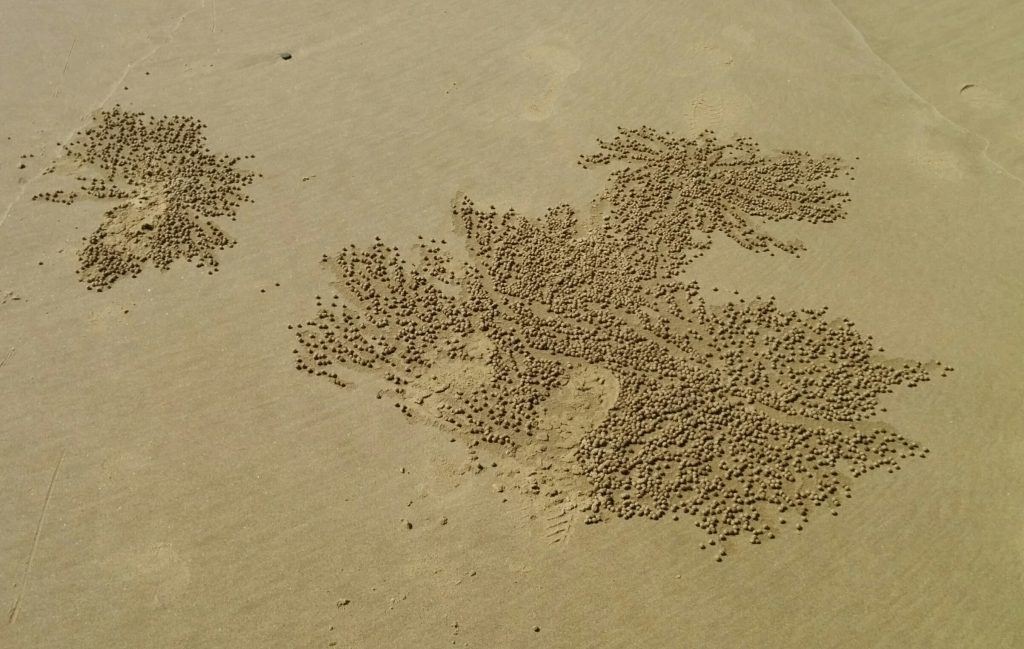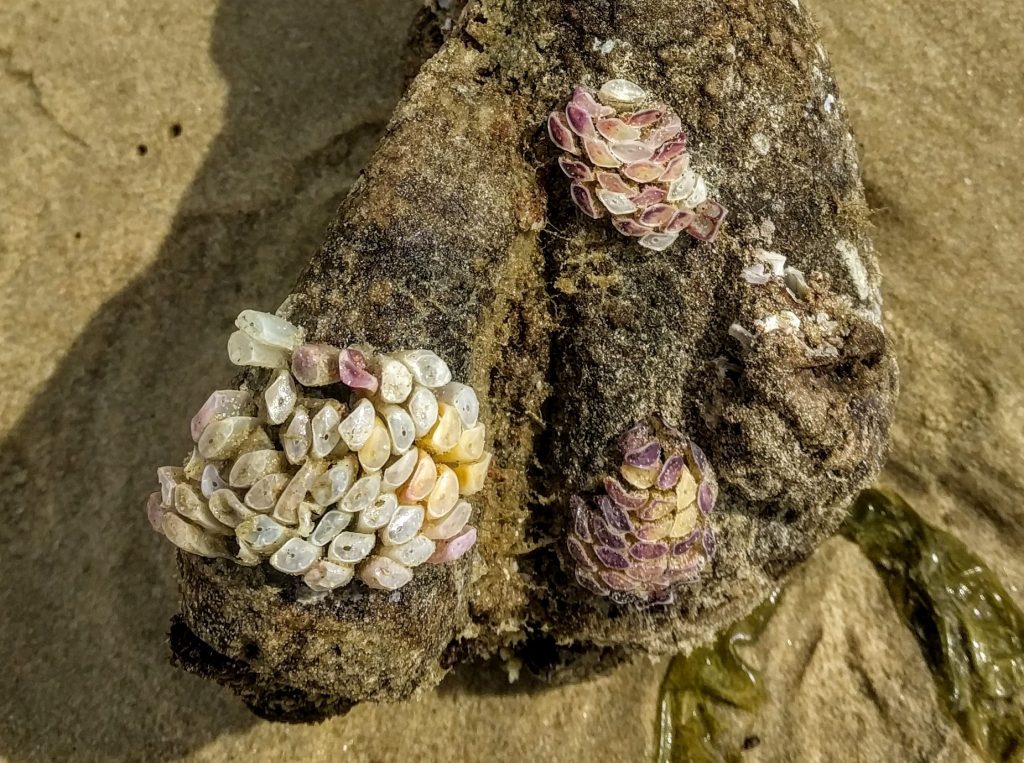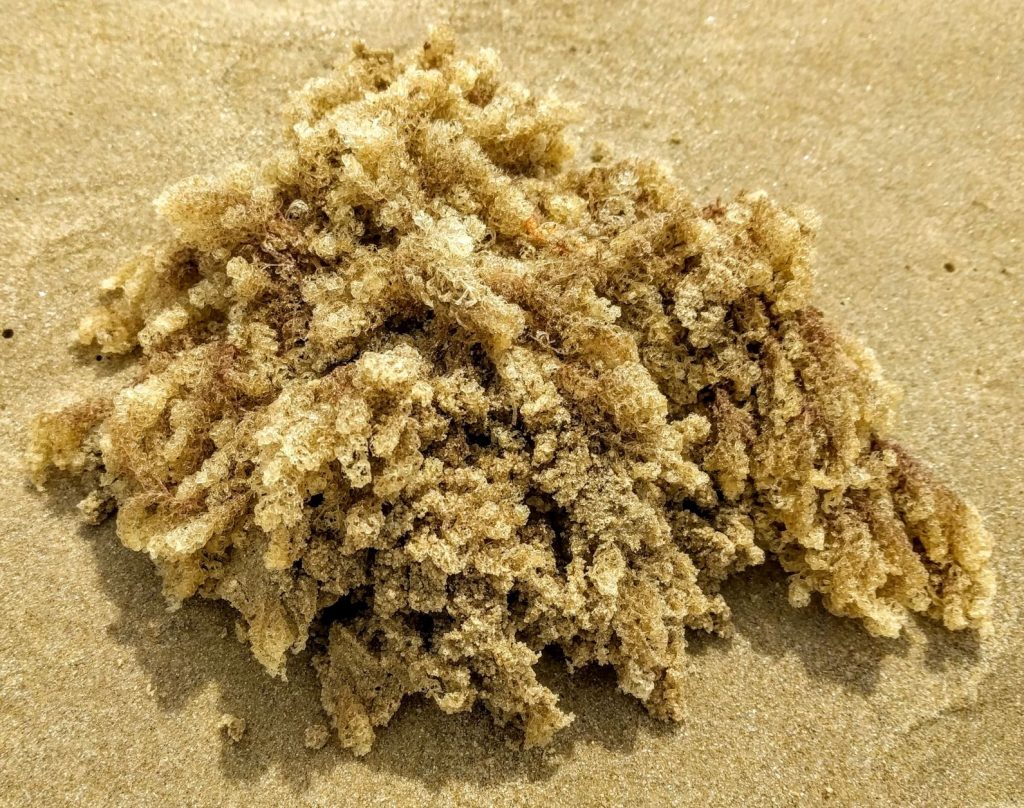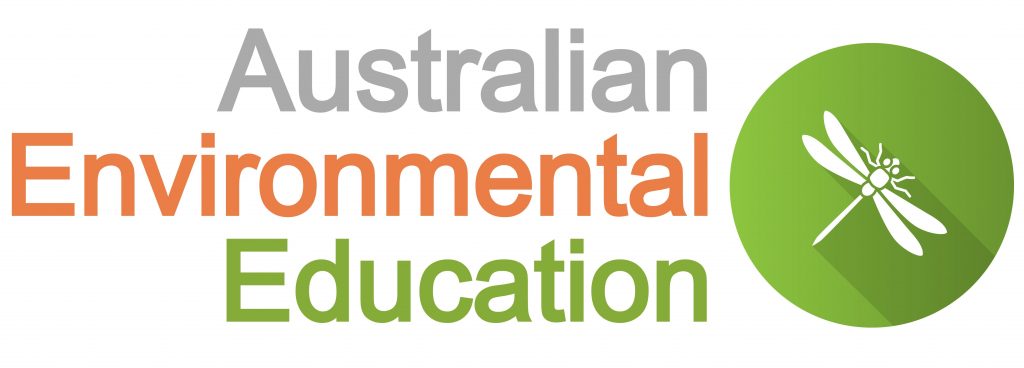Today is Outdoor Classroom Day and is a great opportunity to look at ways to take your students outside to explore. Outdoor Classroom Day is a global campaign to celebrate and inspire outdoor learning and play. Thousands of schools around the world take lessons outdoors and prioritise playtime using nature based and hands on learning practices. Last year over 3.5 million children worldwide took part with over 300,000 in Australia.
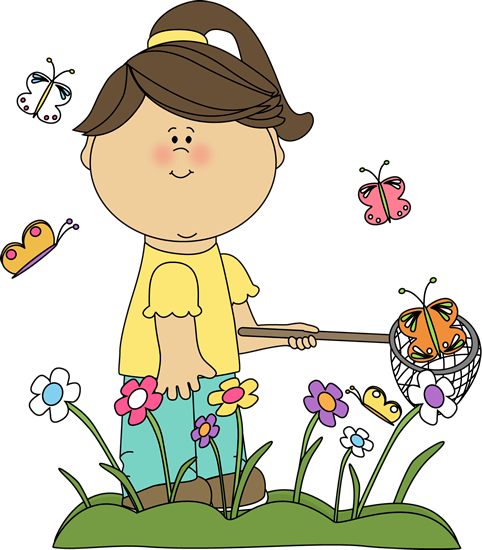
Research has shown that outdoor learning improves children’s health, engages them with learning and leads to a greater connection with nature. Play not only teaches critical life skills such as resilience, teamwork and creativity, but is central to children’s enjoyment of childhood.
The Australian Curriculum section on Outdoor learning states it can be instrumental in:
- the teaching and learning of self-reliance, interdependence and leadership
- the development of an adventurous spirit
- managing personal risks
- experiencing safe journeys in nature
- learning the value of lifelong outdoor recreation for enjoyment, health and wellbeing
- understanding nature through direct experience; and the development of deeper human–nature relationships.
Any learning experience that can be undertaken in the outdoors or in a natural setting can contribute positively to a range of learning areas. The unique and specific benefits that outdoor learning can contribute to a student’s education include:
- providing direct personal contact with nature (the outdoors) in ways that promote enjoyment of outdoor activity and the natural world. Such enjoyment can be the basis for ongoing outdoor recreation and nature experiences, supporting personal health and wellbeing and providing the foundations for ecological literacy.
- enabling perspectives on contemporary living and human-to-nature relationships. Through the provision of outdoor experiences, students have opportunities to reflect on healthy alternatives for everyday living and lay vital foundations for sustainability and stewardship into the future.
- developing competence and safety management in the Australian outdoors. This includes how outdoor learning can teach students to assess risk and make judgements about their management of it.
- enhancing wellbeing through guided reflection on involvement in group and individual activities that are challenging and adventurous.
- developing essential personal and social capabilities such as communication, resilience, self-confidence, leadership, teamwork, goal setting, personal autonomy and initiative.
Read more on the Australian Curriculum website: https://www.australiancurriculum.edu.au/resources/curriculum-connections/portfolios/outdoor-learning/
Outdoor Education in your classroom
Hear are some simple ways you can integrate outdoor education with your class
- Wildlife surveys
- Water audits
- Sustainability
- Gardening


